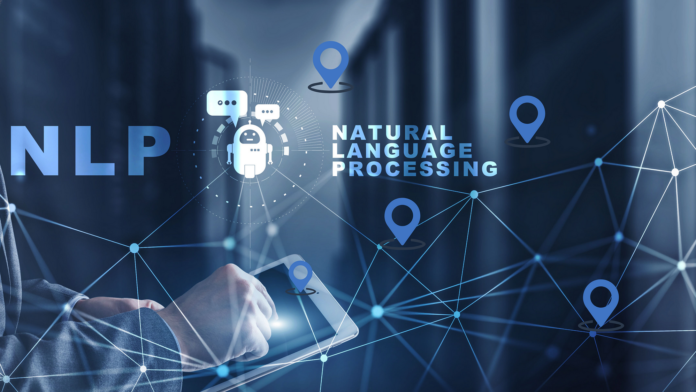NLP is a machine learning technology that enables computers to understand and control human language. Modern organisations generate significant amounts of speech and text data via many sources, including emails, social media, video, and audio. NLP software automates data processing, analyses message intent, and provides real-time responses to human conversation.
Why does NLP matter?
Natural language processing (NLP) is essential for efficient analysis of text and speech data. This method can overcome dialect, slang, and grammatical inconsistencies in daily discussions.
Companies utilise it for automated operations including processing, analysing, and archiving massive records. Analyse consumer comments or call centre records. Automate customer service with chatbots. Answer who-what-when-where questions. Classify and extract text
Integrating NLP in customer-facing applications helps improve communication with customers. Example: A chatbot analyses and sorts client queries, answering common questions and referring complicated queries to help. Automation reduces expenses, saves agents time on redundant queries, and enhances customer satisfaction.
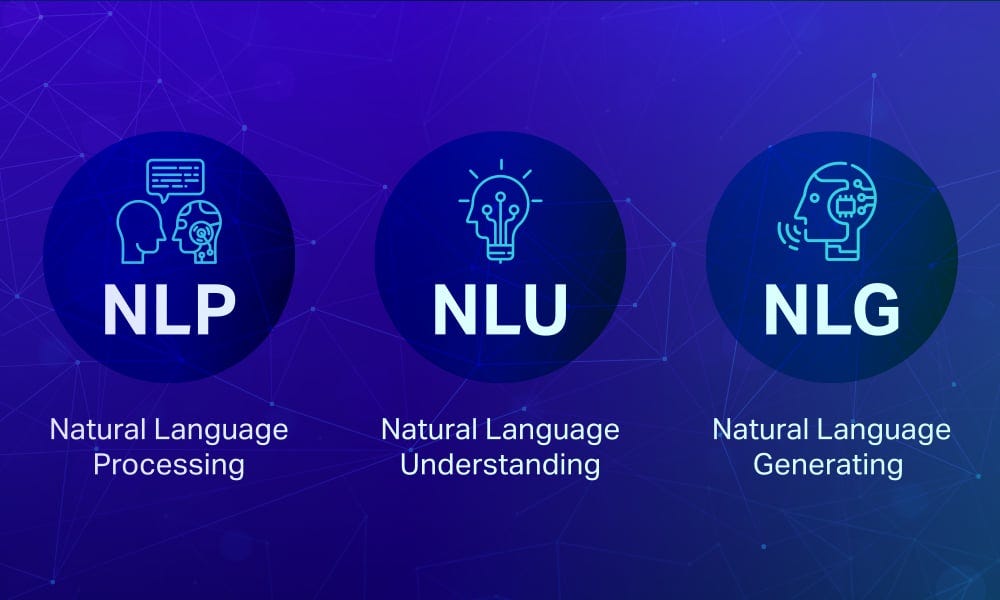
What are commercial NLP use cases?
Natural language processing (NLP) software helps businesses automate, streamline, and simplify activities with accuracy. See below for some examples of use scenarios.
Redacting sensitive data
Insurance, legal, and healthcare companies handle enormous amounts of sensitive papers, including medical records, financial data, and private data. Companies employ NLP technology to redact personally identifiable information and safeguard sensitive data, instead of manual examination. Insurance firms can use Chisel AI to extract policy numbers, expiration dates, and other customer characteristics from unstructured documents using Amazon Comprehend.
Engagement of customers
NLP technology enable more human-like chat and voice bot interactions with clients. Chatbots enable businesses to improve customer service while reducing operational costs. PubNub, a chatbot software developer, utilises Amazon Comprehend to provide localised chat features to global consumers. T-Mobile utilises NLP to recognise terms in customers’ text messages and provide personalised recommendations.Oklahoma State University uses machine learning to create a Q&A chatbot for student questions.
Business analytics
Marketers employ NLP tools like Amazon Comprehend and Amazon Lex to understand customer sentiment towards a product or service. Scan for certain terms to assess consumers’ moods and emotions in written comments. Success KPI offers natural language processing tools for targeted sentiment analysis and actionable insights from call analytics.

NLP: How Does It Work?
Natural language processing (NLP) utilises computational linguistics, machine learning, and deep learning to process human language.
Linguistics computation
Computational linguistics involves using computers and software to model human language. Researchers employ computational linguistics methodologies like syntactic and semantic analysis to develop frameworks for robots to comprehend human discourse. Computational linguistics underpins tools such as language translators, text-to-speech synthesisers, and speech recognition software.
Machine learning
Machine learning improves computer efficiency by training it using example data. Human language includes sarcasm, metaphors, phrase structure variations, and grammar and usage exceptions that take years to master. Programmers employ machine learning to teach NLP programmes to recognise and interpret these properties from the start.
Deep learning
Deep learning is a machine learning field that trains computers to learn and think like humans. A neural network with data processing nodes resembling the human brain is used. Deep learning allows computers to recognise, classify, and correlate complex patterns in input data.
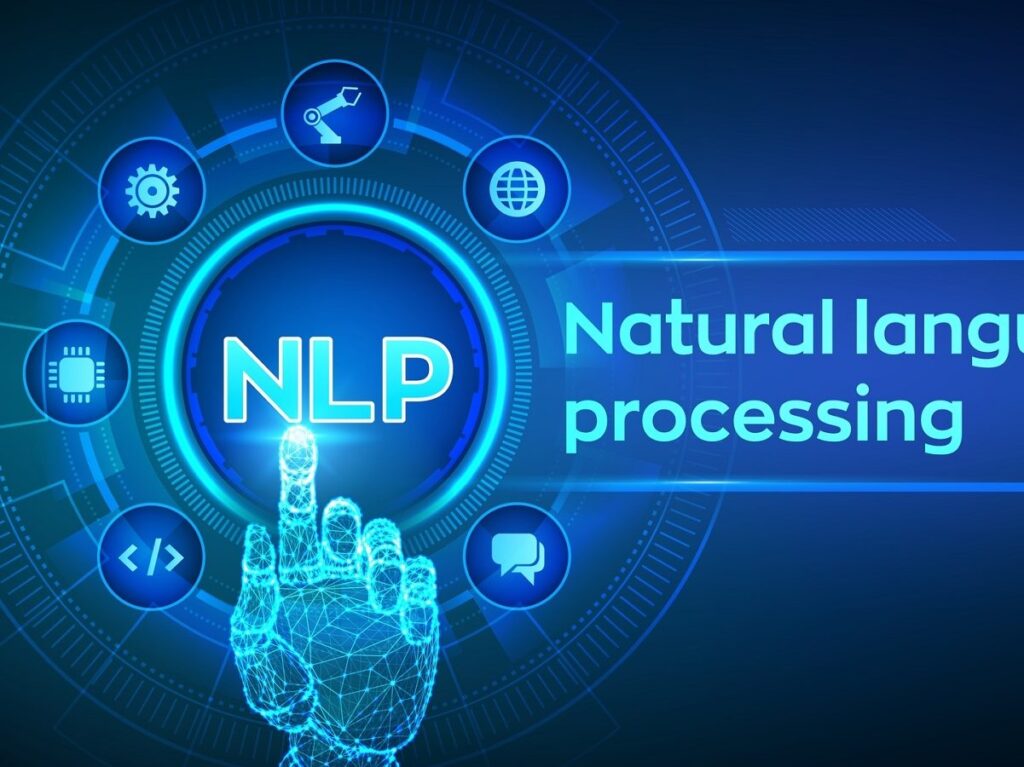
Steps for implementing NLP
To start NLP implementation, gather and prepare unstructured text or audio data from sources such as cloud data warehouses, surveys, emails, or internal business process applications.
Pre-processing
To prepare data for various applications, NLP software employs pre-processing techniques like tokenization, stemming, lemmatization, and stop word removal.
A description of these techniques:
- Tokenization divides a statement into separate words or phrases.
- Stemming and lemmatization reduce words to their roots. For instance, these processes transform “starting” into “start.”
- Stop words, like “for” and “with,” are deleted to improve sentence meaning.
Training
Researchers train NLP models using pre-processed data and machine learning to execute certain tasks using textual information. To enhance NLP algorithm accuracy, large data samples must be fed to the software.
Inference and deployment
The machine learning professionals deploy or integrate the model into an existing production environment. The NLP model predicts output based on input for the intended use case. Run the NLP programme on live data to get the desired output.
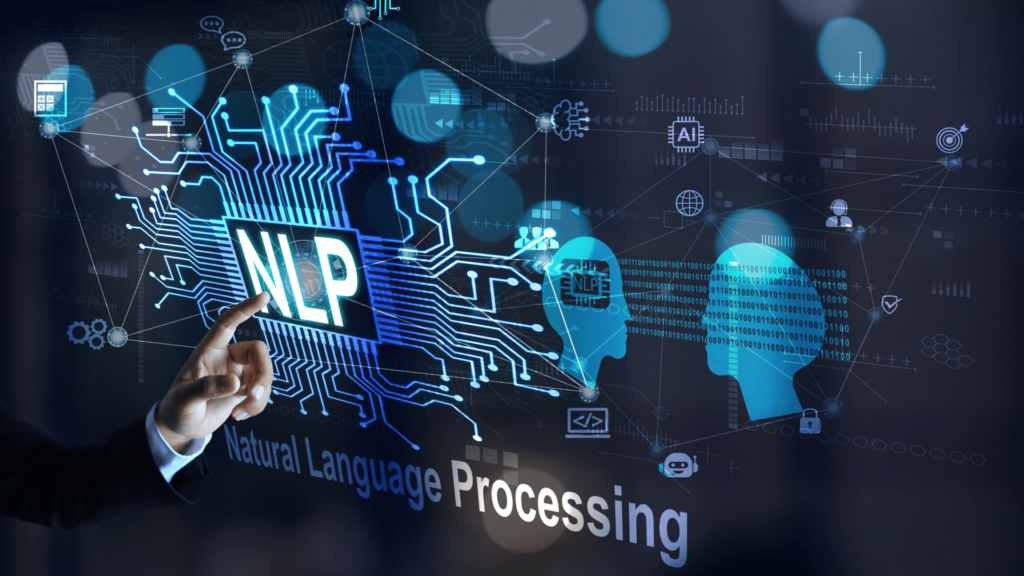
What are NLP tasks?
NLP approaches break down human text or speech into smaller components that computer programmes can easily comprehend. Common NLP text processing and analysis skills are listed below.
Tag part-of-speech
This technique involves NLP software categorising words in a sentence based on their context, including nouns, verbs, adjectives, and adverbs. This helps the computer comprehend how words make meaningful relationships.
Clarifying words
distinct scenarios may have distinct meanings for certain terms. For example, “bat” has distinct meanings in these sentences:
- A bat is a nocturnal animal.
- Baseball players use bats to hit the ball.
- NLP software uses language models or dictionary definitions to determine a word’s intended meaning through word sense disambiguation.
Recognition of speech
Speech recognition converts voice into text. Breaking down words and interpreting accents, slurs, intonation, and nonstandard grammar usage in normal discourse is the process.One important use of speech recognition is transcription, which may be done via services like Amazon Transcribe.
Machine translation
Machine translation software converts text or speech from one language to another with contextual accuracy using natural language processing.Amazon Translate is the AWS service that enables machine translation.
Recognition of named entities
Unique names are identified for individuals, locations, events, companies, and more. NLP software employs named-entity recognition to establish relationships between entities in a text.
Consider “Jane went on a vacation to France, and she indulged in the local cuisines.”
Our NLP engine will identify “Jane” and “France” as special entities in the text. Co-reference resolution can expand this by identifying if many words describe the same thing. In the example, “Jane” and “she” refer to the same person.
Analysis of sentiment
Textual sentiment analysis uses artificial intelligence to interpret emotions in textual data. NLP software identifies hidden emotions in text, such as discontent, happiness, doubt, regret, and others.
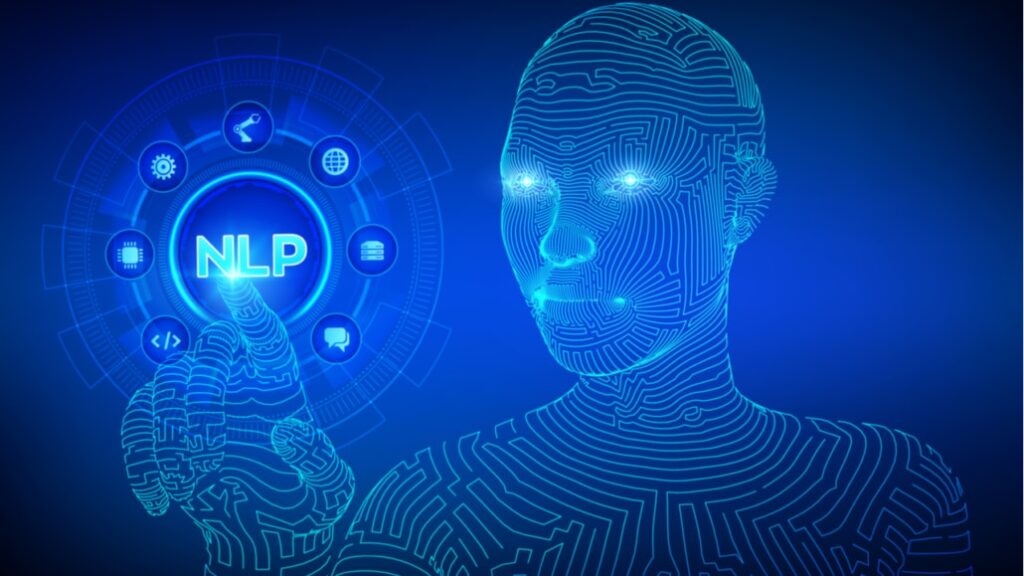
What are the methods of natural language processing?
Here are some typical approaches to natural language processing (NLP).
Supervised NLP
Using supervised NLP approaches, software is trained with known inputs and outputs. The programme processes enormous amounts of known data and learns to create accurate output from unknown inputs. Companies train NLP technologies to classify documents by specified labels.
Unsupervised NLP
Unsupervised NLP predicts patterns from non-labeled data using a statistical language model. In text messaging, the autocomplete feature proposes appropriate phrases based on the user’s response.
Natural language comprehension
Natural language understanding (NLU) is a subset of NLP that analyses sentence meaning. NLU enables software to identify similar meanings in sentences or analyse words with distinct meanings.
Natural language generation
Natural language generation (NLG) recreates human-like conversational prose using keywords or topics. An intelligent chatbot with NLG capabilities can speak with customers like customer service staff.
How can AWS assist with NLP tasks?
AWS offers a comprehensive range of AI/ML services for all skill levels. These services connect to several data sources.
AWS provides ML-based language services for clients who lack ML skills, require faster speed to market, or want to add intelligence to existing processes or applications. These pre-trained APIs enable enterprises to easily integrate intelligence into AI applications, including speech, transcription, translation, text analysis, and chatbot capabilities.
Listed below are AWS ML-based language services:
- Amazon Comprehend reveals text insights and linkages.
- Amazon Transcribe automates speech recognition.
- Amazon Translate effectively translates text.
- Amazon Polly converts text into natural-sounding speech.
- Amazon Lex enables chatbots for customer engagement.
- Amazon Kendra uses intelligent business system search to quickly locate desired information.
Customers seeking a standardised NLP solution for their business might consider Amazon SageMaker.SageMaker simplifies data preparation, ML model development, and deployment with managed infrastructure, tools, processes, and no-code options for business analysts.
Hugging Face on Amazon SageMaker enables deployment and customisation of pre-trained NLP models, known as Transformers, from an open-source vendor. This shortens the setup and use of NLP models from weeks to minutes.
